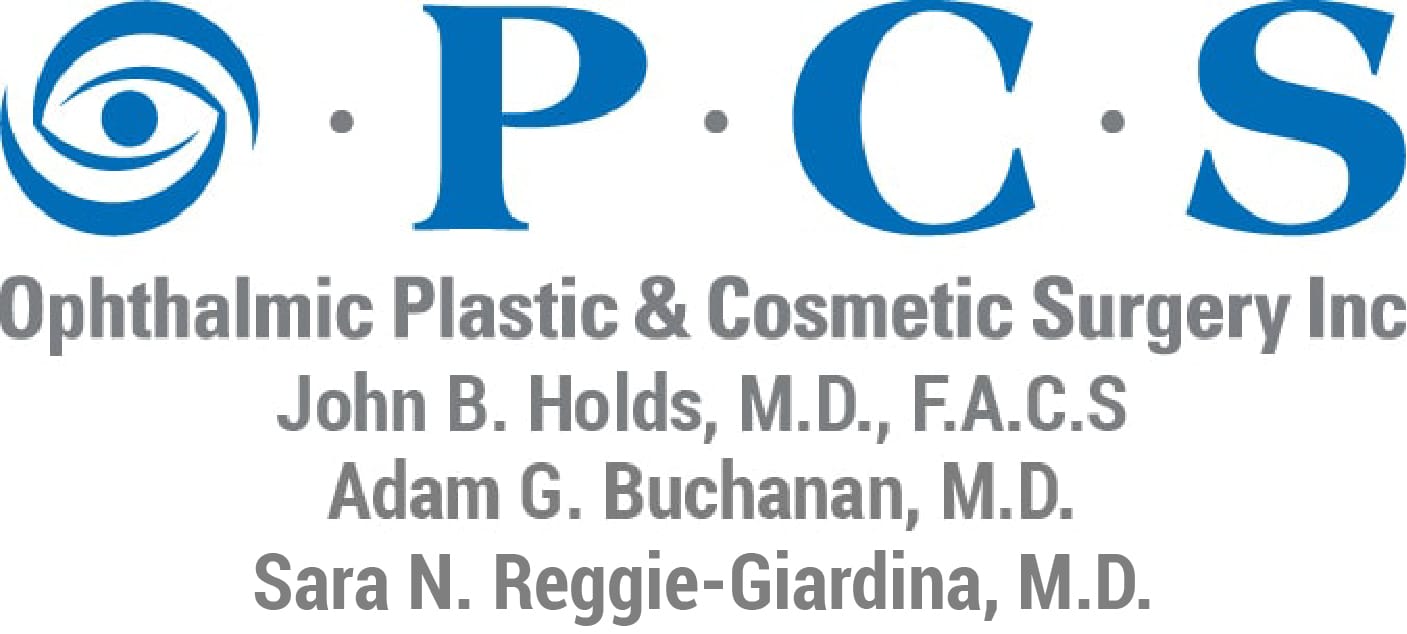Revision Blepharoplasty: What You Need to Know
- Posted on: Jul 30 2019
 Eyelid surgery has become a popular procedure for adults who want to revive the energetic value of their face. We all know that our inner vibrancy shines through our eyes, so correcting age-related sagging and narrowing makes perfect sense. As often happens when a procedure demonstrates effectiveness, more people start having it. This isn’t entirely a bad thing; blepharoplasty can achieve outstanding results. Where some people go wrong is in choosing a general cosmetic surgeon rather than one who specializes in facial procedures.
Eyelid surgery has become a popular procedure for adults who want to revive the energetic value of their face. We all know that our inner vibrancy shines through our eyes, so correcting age-related sagging and narrowing makes perfect sense. As often happens when a procedure demonstrates effectiveness, more people start having it. This isn’t entirely a bad thing; blepharoplasty can achieve outstanding results. Where some people go wrong is in choosing a general cosmetic surgeon rather than one who specializes in facial procedures.
It is not our intent to blame bad blepharoplasty results on a lack of training or skill. However, patients who are seeking blepharoplasty need to understand that this procedure is not performed in a vacuum. The best surgeon for any surgery is one who recognizes how the body part in question relates to surrounding body parts. In the instance of the eyes, blepharoplasty must be conducted with respect to harmony with the nose, brows, cheeks, and overall facial structure. When the nuances of the face are not considered, a patient may find themselves eventually undergoing revision blepharoplasty.
Perfecting Eyelid Shape Takes Artistry
For blepharoplasty to result in the finest aesthetic outcome, it is essential that both doctor and patient look beyond the basics. We’ve learned through years of research and clinical practice that eyelid surgery involves more than removing excess tissue. In fact, we have learned that much of the problems that occur as we age have little to do with excess skin and fat. What is at the heart of many cosmetic problems is tissue atrophy. The loss of volume may affect the eyes directly. When tissue is trimmed in blepharoplasty, it is vital to also consider how volume has degraded in other parts of the face so restoration can be managed as needed to truly revitalize the face.
A second blepharoplasty may be performed to correct drooping resultant of the original procedure. Revision may also correct eyes that have been “overdone” with too much tissue removal. Revision blepharoplasty is often a bigger challenge than the initial eyelid surgery. It is necessary to undergo this procedure with a board-certified surgeon who specializes in eye procedures. Some patients are surprised to learn that they don’t actually need revision blepharoplasty but, instead, a different procedure, such as a temporal lift or brow lift.
The decision to correct blepharoplasty is a personal journey that needs to include an in-depth discussion between you and your plastic surgeon. If you would like to learn more about revision blepharoplasty, call our St. Louis office at 314-567-3567.
Posted in: Blepharoplasty

